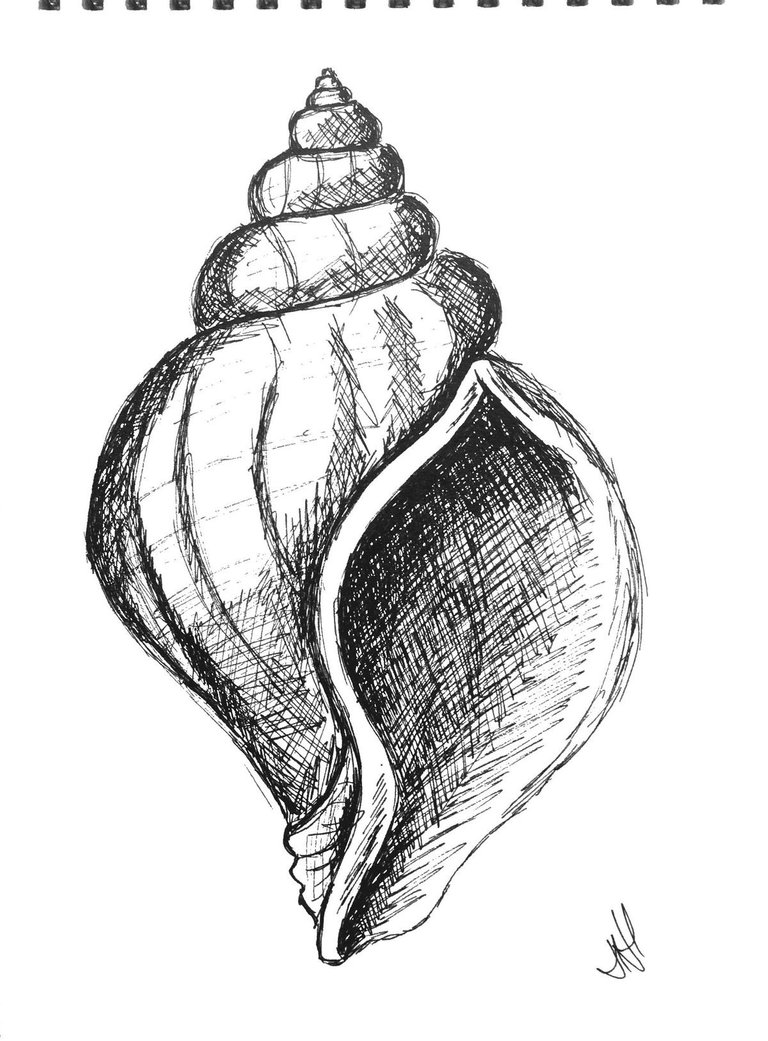
Quadrant
An easy way to determine geographic latitude is to measure with your palms. The palm of the outstretched hand is approximately 10° wide. At 50º north latitude, the Polar Star is at a height equal to the width of 5 hands above the horizon, at the North Pole (90 ° north latitude) the Polar Star is exactly overhead (that is, forms a right angle with the horizon), and the height from the horizon the zenith here will be 9 palms wide. At the equator (0° north latitude), the North Star is below the northern horizon.
The quadrant is the simplest navigation tool that can measure angles up to 90° (a quarter circle). Travelers and sailors used the quadrant to determine the geographic latitude of an area. To do this, they measured the angle at which the North Star is located to its projection on the horizon line. Knowing the latitude of the company allowed the sailors to determine how many kilometers to the north or south they still needed to sail in order tocome to your home port. Quadrant used during his expeditions and KolyMb. Even then, this instrument was considered the simplest, for more accurate measurements there were instruments much more complicated. In addition, it was not easy to use the quadrant on the open sea with continuous rolling.
In Hannover (52°N) it is at an angle of 52° to the horizon, in Hamburg (54°N) at an angle of 54°. Such a difference is indistinguishable under ordinary observation. But already in the Scandinavian countries, you will immediately notice that the North Star is higher here than in Hannover. The place where it is at an angle of 62 ° to the horizon is located 1110 km north of Hannover. In the south of Germany, the Pole Star will be lower than in Hanover; for example, in Munich (48º north latitude) at an angle of 48°. In Rome (42° north latitude) it is 10° lower than in Hanover. This is noticeable to the naked eye as well. If where you are standing, the North Star is 10° lower than where you are at home, that means you are about 1110 km south of it.
Why this is so can be demonstrated with an umbrella. The stars of the Bucket and Cassio Pei are marked on the blue umbrella (they can first be drawn on blue cardboard). The tip of the umbrella is directed to the North Star. We rotate it from East to West (at a slight angle). If at the same time we move to the North, the tip will gradually rise higher and higher. At the North Pole, where the North Star is directly above our head, all stars rotate parallel to the horizon. At the equator, the movement of stars is quite different: the stars move up and down perpendicular to the horizon.
The quadrant is used to answer questions related to calculations: • At what angle does the star rise or set? We select several bright stars (one rising directly above the eastern horizon, one located high on the southern side of the sky, and one in the western CTOPOHe) and we will measure the height of these stars during the evening (for example, every half an hour). Let's compare the results.
• What will we get if we measure the movement of: a) stars that rise and set far south;
b) stars that rise exactly in the east and set exactly in the west; c) stars that rise and set far in the north?
During the dark months of the year, we see the Sun move in a flatter arc from sunrise to sunset than in spring or summer. It seems that other celestial bodies that rise in the southeast rise and fall more flatly than those that rise in the northeast. If we consider this mathematically, then for one specific point of the Earth, the Sun, Moon, planets and stars (except for the Polar Star) describe arcs at the same angle to